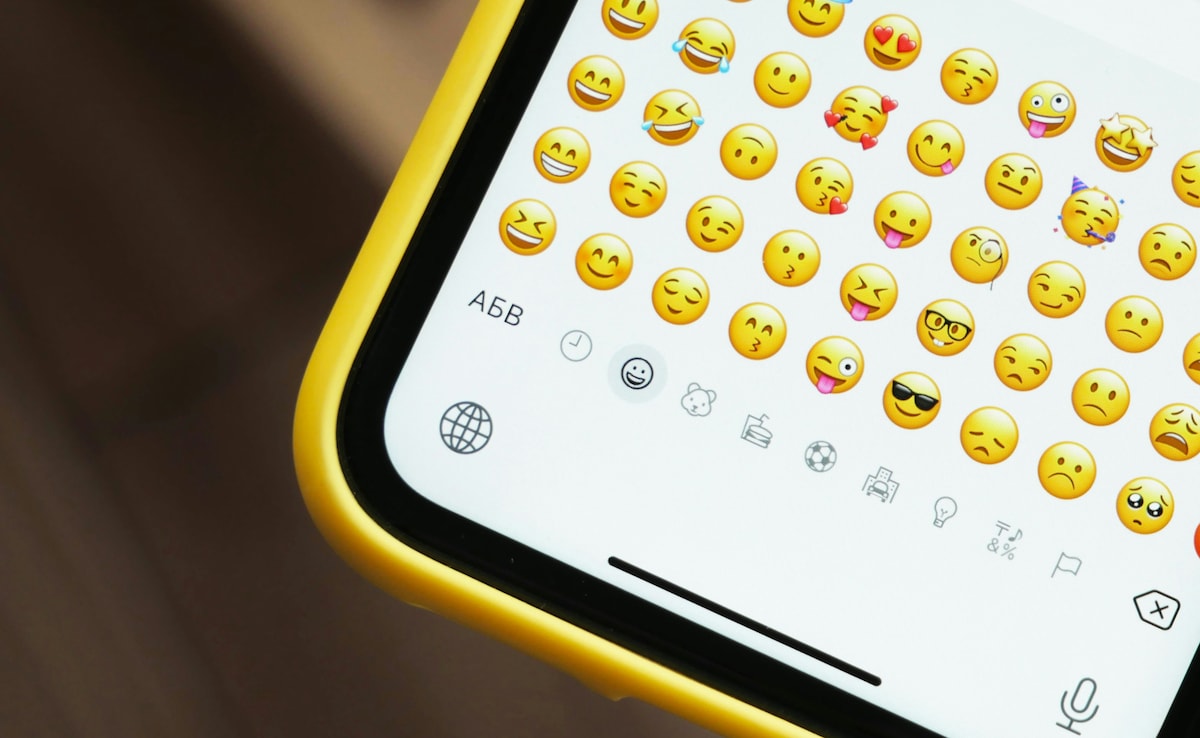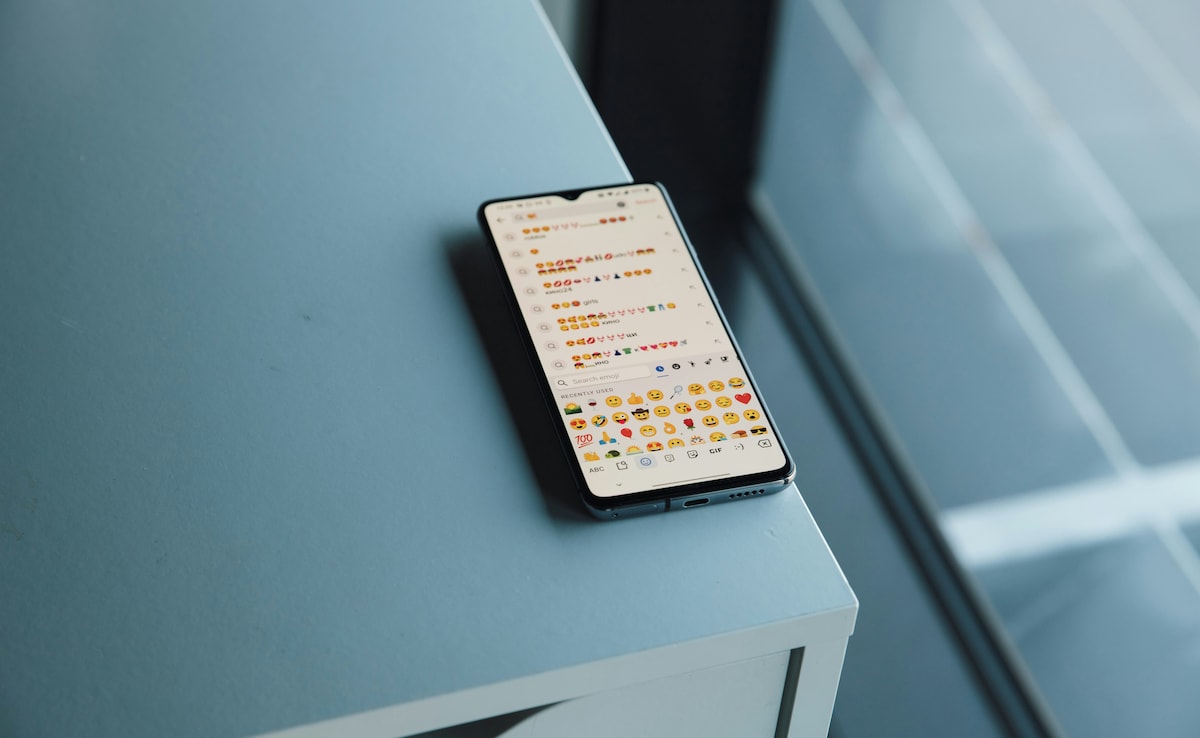
Today is World Emoji Day, commemorating the vibrant world of emojis. July 17 was chosen because it's the date displayed on the calendar emoji on Apple devices, referencing the launch date of Apple's iCal application in 2002. Emojis promote creativity and connection across cultures and languages, but the younger generation (Gen Z and Gen Alpha) has devised a way to use the same icons with hidden meanings that can be positive or negative. Hence, it's time for the parents to learn how their children use these emojis in digital communication.
Also Read | Thumbs-Up Emoji Is Now Seen As Rude: Gen Z's Shift In Digital Communication
Emojis allow users to convey emotions, reactions and ideas effectively. They can add tone and personality to text-based messages, helping to clarify the intended meaning behind words. Parents need to pay attention to the overall conversation, including the digital image or icon, to understand the intended meanings.

Photo Credit: Unsplash
Also Read | High Blood Sugar Can Affect Your Sex Life, Research Reveals
Here's a guide for parents to understand
The Cherry emoji typically represents the fruit itself, but can also carry other meanings depending on the context. It is used for confidence or swagger, also to express owning a moment or situation.
The Skull emoji means "I'm dead" from laughing or shock, replacing the Face with Tears of Joy emoji for Gen Z's unhinged humour. The Cap emoji is used for calling out lies or "capping," similar to "no cap" meaning "no lie". The combination of two eyes and lips emoji means shock, awkwardness, or to say "did that just happen?".
Gen Zs use the Peach emoji for a flirty compliment or "you're looking fine". The Eggplant emoji is not just an eggplant; it is used for spicy or NSFW content. Also, the Eyes emoji doesn't just mean watching or paying attention; it is often used when sending or receiving nudes.

Photo Credit: Unsplash
Also Read | Are Boys Better At Math Than Girls? Study Dissects Stereotypes
The Pile Of Poo emoji is used to call out immaturity or childish behaviour, and the Grimacing Face is used to express awkwardness or embarrassment.
Emojis like thumbs up and laugh-cry can be perceived as passive-aggressive or insincere by Gen Z, while older generations use them to show approval or laughter.

Photo Credit: Unsplash
However, it's essential to consider the context and audience when using emojis as slang. Different generations or cultures might interpret emojis differently, and some may find them confusing or unprofessional.
Overall, emojis have become an integral part of online language, allowing users to convey emotions and ideas in a creative and visually appealing way. By understanding the meanings behind popular emojis, individuals can enhance their digital communication and connect with others more effectively.
Track Latest News Live on NDTV.com and get news updates from India and around the world

